1.2-Physical Ergonomics
User Experience (UX) Design: Human Factors and Culture in Design
Physical Ergonomics is a very important domain in Ergonomics.
Physical Ergonomics is concerned with human anatomical, anthropometric, physiological and biomechanical characteristics for physical activity.
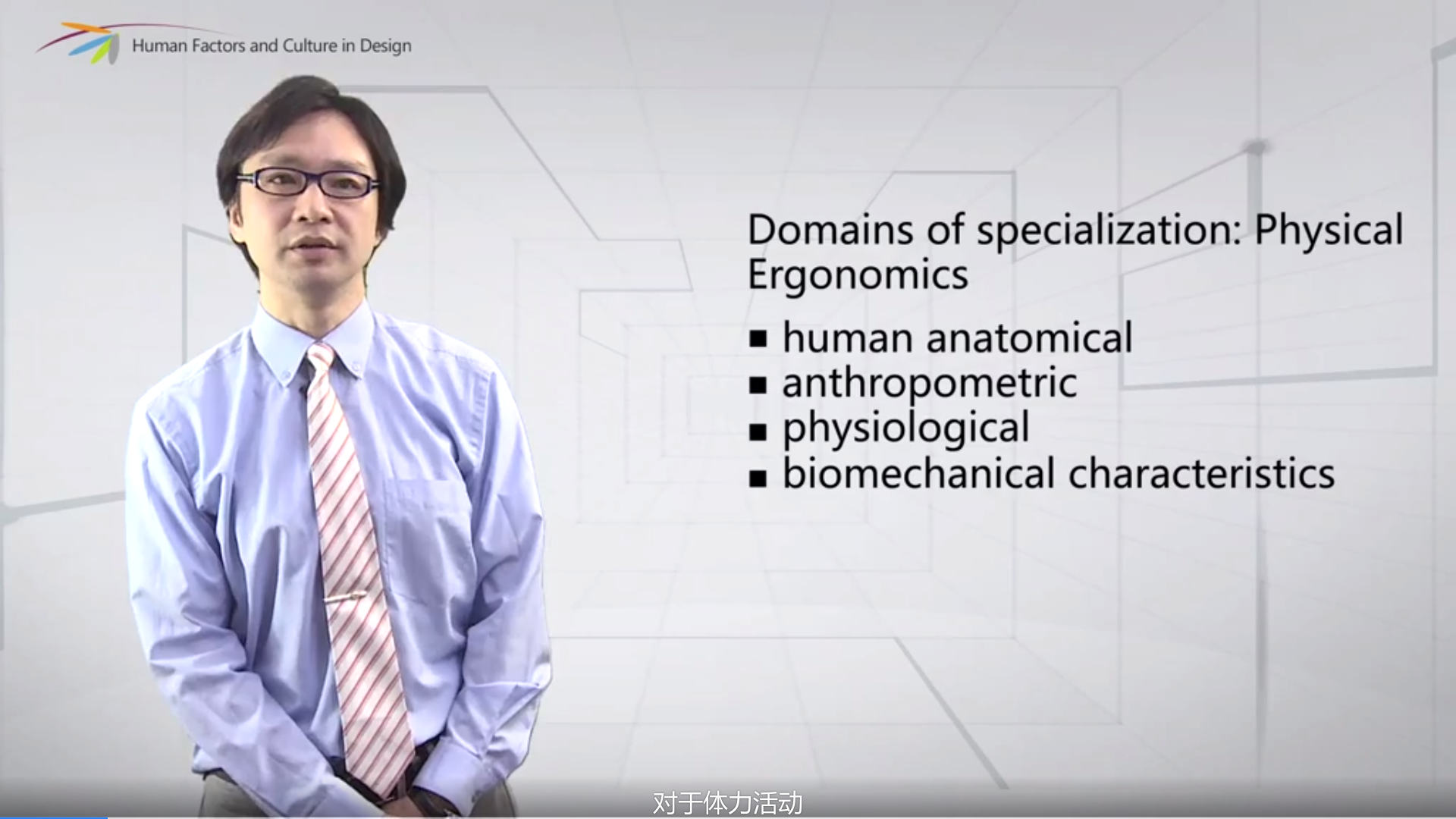
Let me give you one example of anthropometric
I'm showing the data of anthropometric data in the United States
it was issued in 1989 and data is in millimeter of American adults aged from nineteen to sixty years old
and you could see two groups of the data
the first group about men the second group about women
and the first dimension is stature
basically body height
how height are people
and in the data it shows 5 percent percentile 50 percent percentile
and 95 percent percentile data
when we say 50 percent percentile we don't mean average
imagine we have one hundred American gentlemen
from 1 to 100 and we asked them to line up according to their height
fifty percentile means the person of number fifty
so this is not an average height of Americans
but it tells you the person in the middle
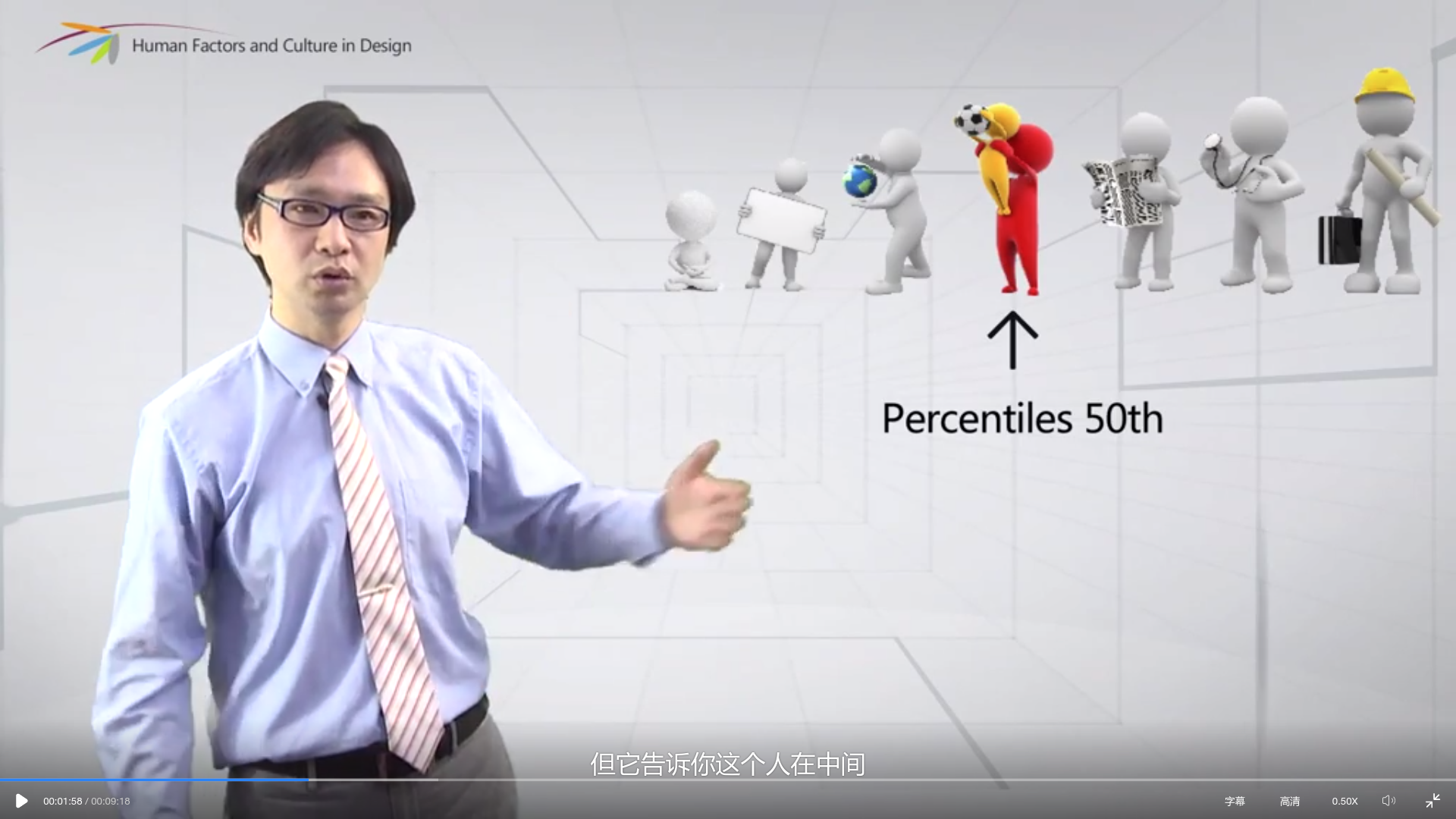
not so tall not so short
and the fifty percentile is 1.755 meter
remember the data was issued in 1989, about 25 years ago
again 1.755 meter
so meaning while fifty percent of people taller than this
and fifty percent of people shorter than this
how about American ladies
in the data it shows 1.628 meter
50 percent percentile meaning in the middle the American lady's height is 1.628 meter,
besides stature,there're other dimensions, like eye height, shoulder height, elbow height
hip height, so on so forth
but these data are all for standing people,
if I sit down then the data also tells sitting height, sitting eye height, sitting shoulder height, so on so forth
why do we need data of eye height
if we go shopping we find out
products near the eye's height can be saw easily
products too high or too low are difficult for people to see, for people to check
so different dimensions can help us to design the environment
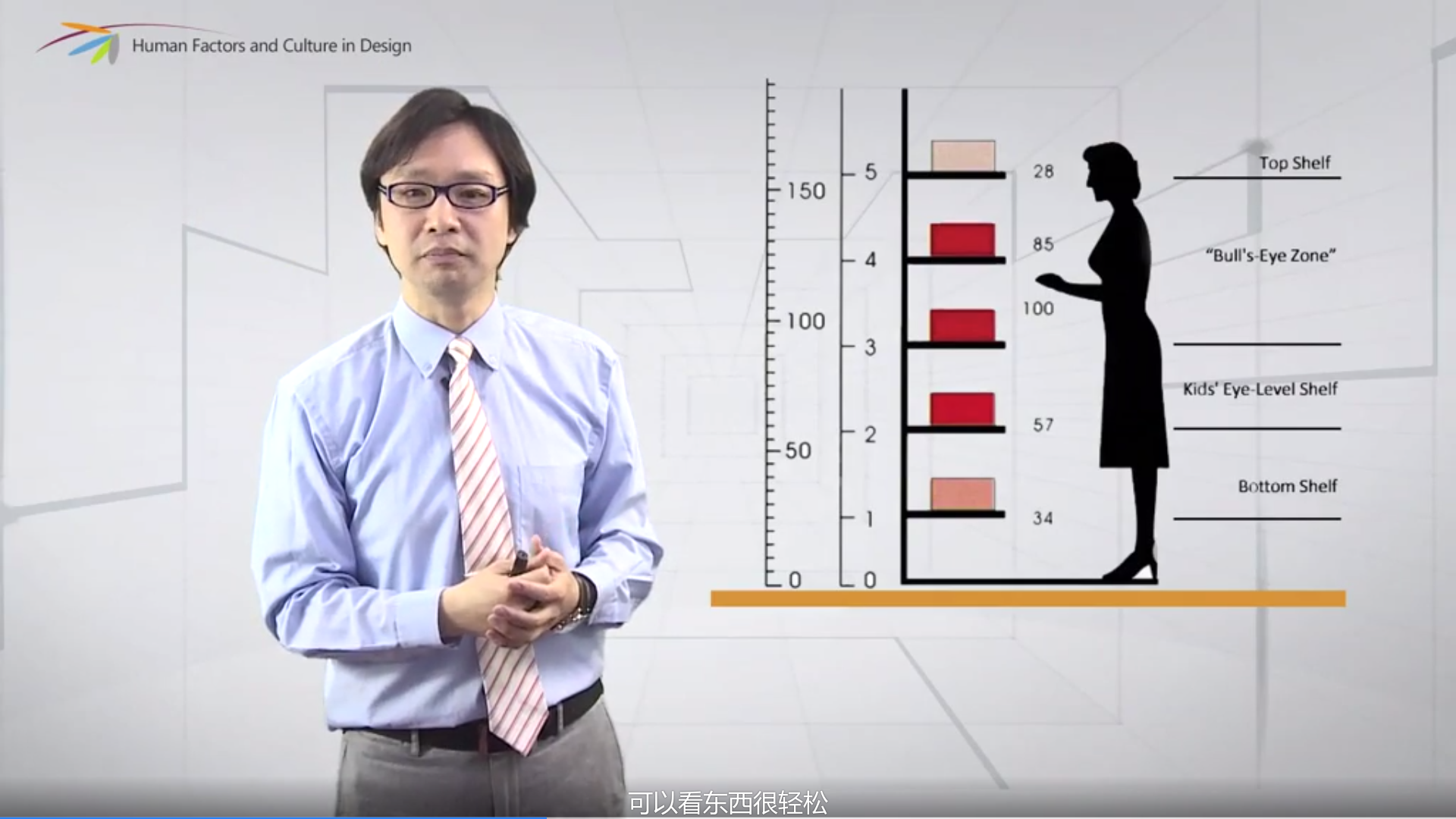
these are American data, how do you think about Chinese data
so usually we think Chinese people shorter
let me show you the data
again issue in 1989 to compare with American data
this data issued by Chinese Standard Bureau
they have a research institute, they have done anthropometric measurement
and first of all for men from 18 to 60
50 percent percentile height is 1.678 meter
remember American data is 1.755 meter
actually this is a big difference
you may argue the big difference may not be so big
but if we talk about a big population of China big population of America
you understand this difference is quite big
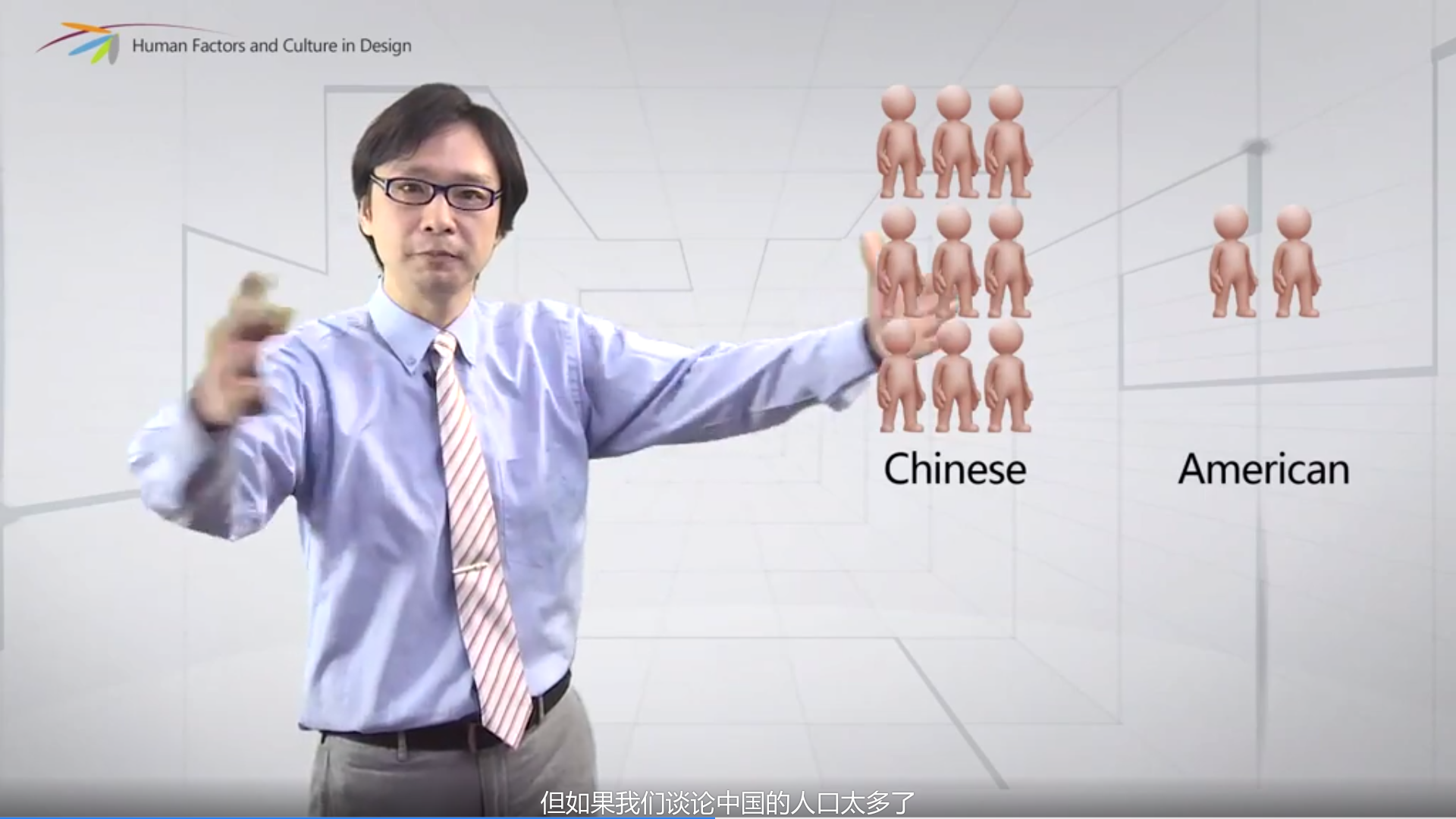
very interesting when Chinese Standard Bureau issued the data
they also included the data of younger male
and the 50 percent percentile was 1.686
little taller than the big group
compared to the group of 18 to 60 the group of 18 to 25 is taller
now was about stature
and also in the data there is dimension of body weight, length of arms, length of legs, so on and so forth
let's move on to see Chinese ladies again
there are two groups
for the first group from 18 to 55
the second group is from 18 to 25
and the 50 percent percentile hight of the first group was 1.57 meter
and the second group which is a younger group is 1.58 meter
a little difference
relatively we see ladies shorter than men
for Americans yes for Chinese yes
development research topics to physical ergonomics include work postures
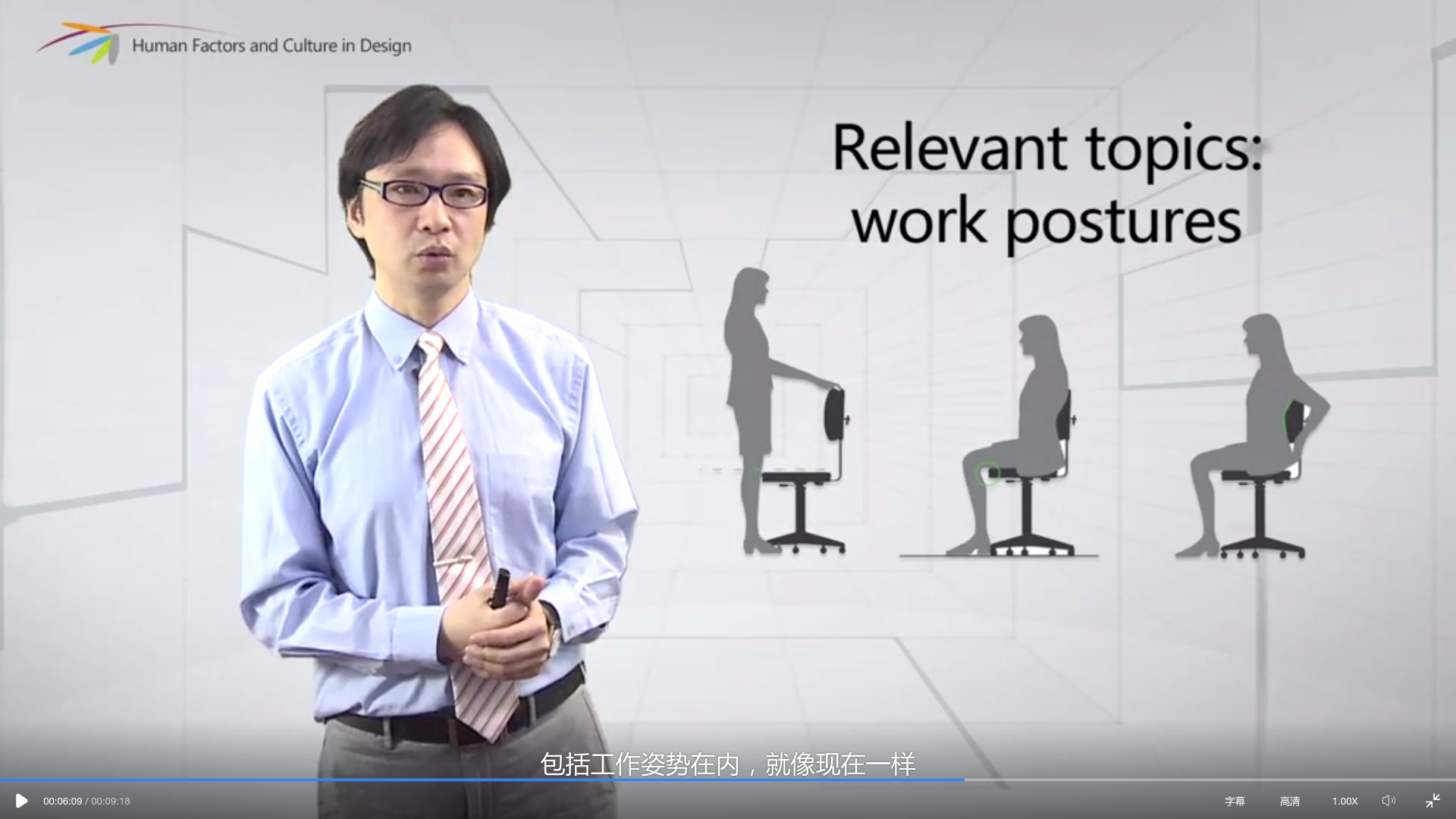
like right now we're still learning your study
you may sit on your chair what is your posture
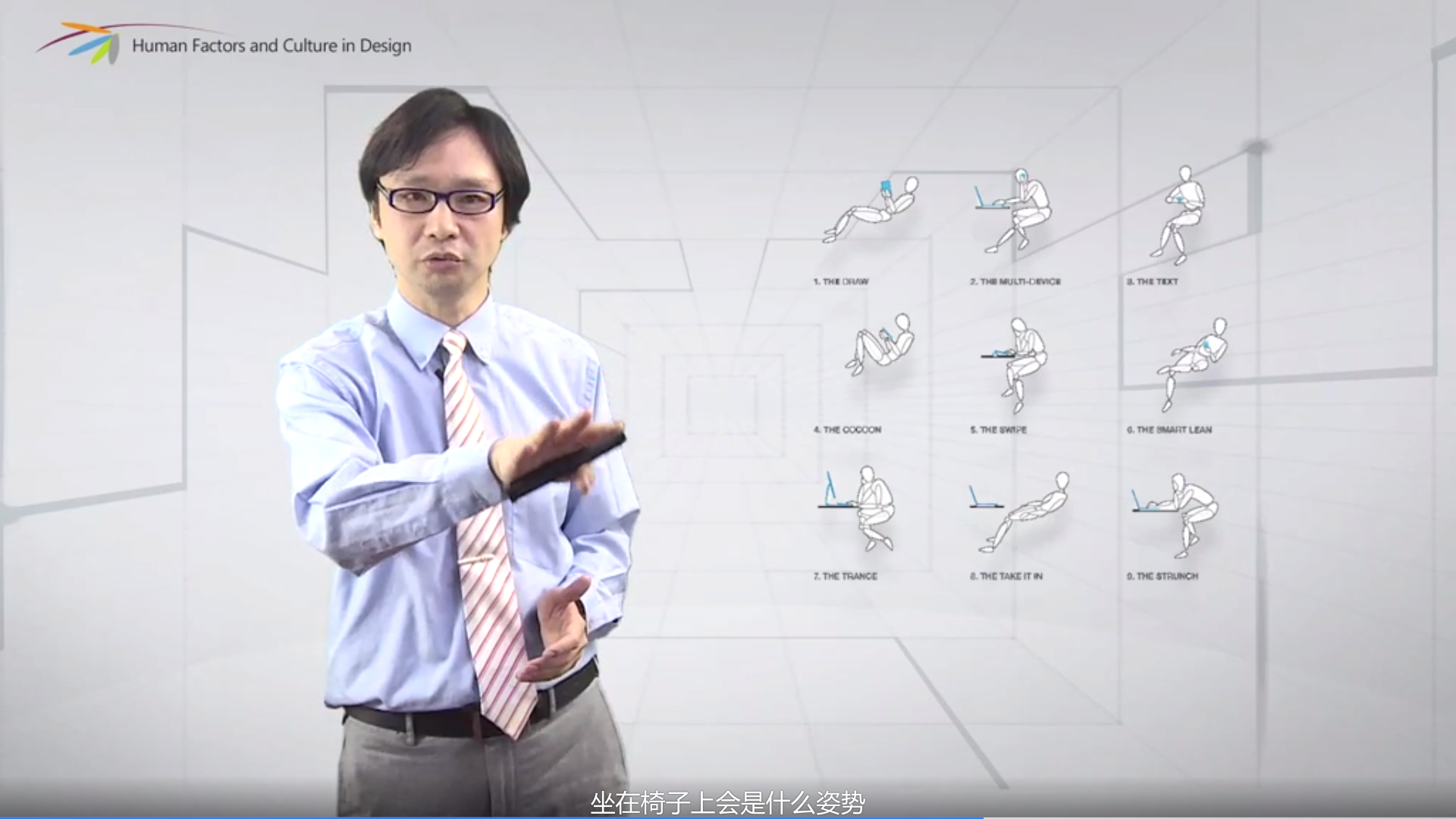
and topics like materials handling, repetitive movements , work related repetitive injuries, work place layout, safety and health are all very important in physical ergonomics
many people have experience
back pain or we should say low back pain
many people, some work postures may lead to low back pain
some hand postures may lead to Carpal tunnel syndrome
when people type on keyboard
when you use your computer
your hands can travel across the keyboard for miles
thinking about all day long
if you work using your computer if you study using a computer
your hands travel a lot
and if you are risk angle
too high or too low then you may feel pain or just uncomfortable
and some serious problems could be Carpal tunnel syndrome
and nowadays
we see programmers elbow more than tennis elbow
if tennis players do not know how to use their hands they may develop tennis elbow
if we do not use our mouse or keyboards in a property way
if our hand posture if our risk angle not so good
then we may have programmers elbow
these are all related to physical ergonomics
so if you try to stay healthy
because we will have to use computers for a long time
I think most of you are pretty young
you want to avoid Carpal tunnel syndrome or any other repetitive stress injuries
I give you some suggestions
when you use your keyboard
try to use straight posture like this
do not have a very high risk angle
and do not press the bottom too hard
and give a little rest and relax
your hands your arms or your body
after certain times after long work
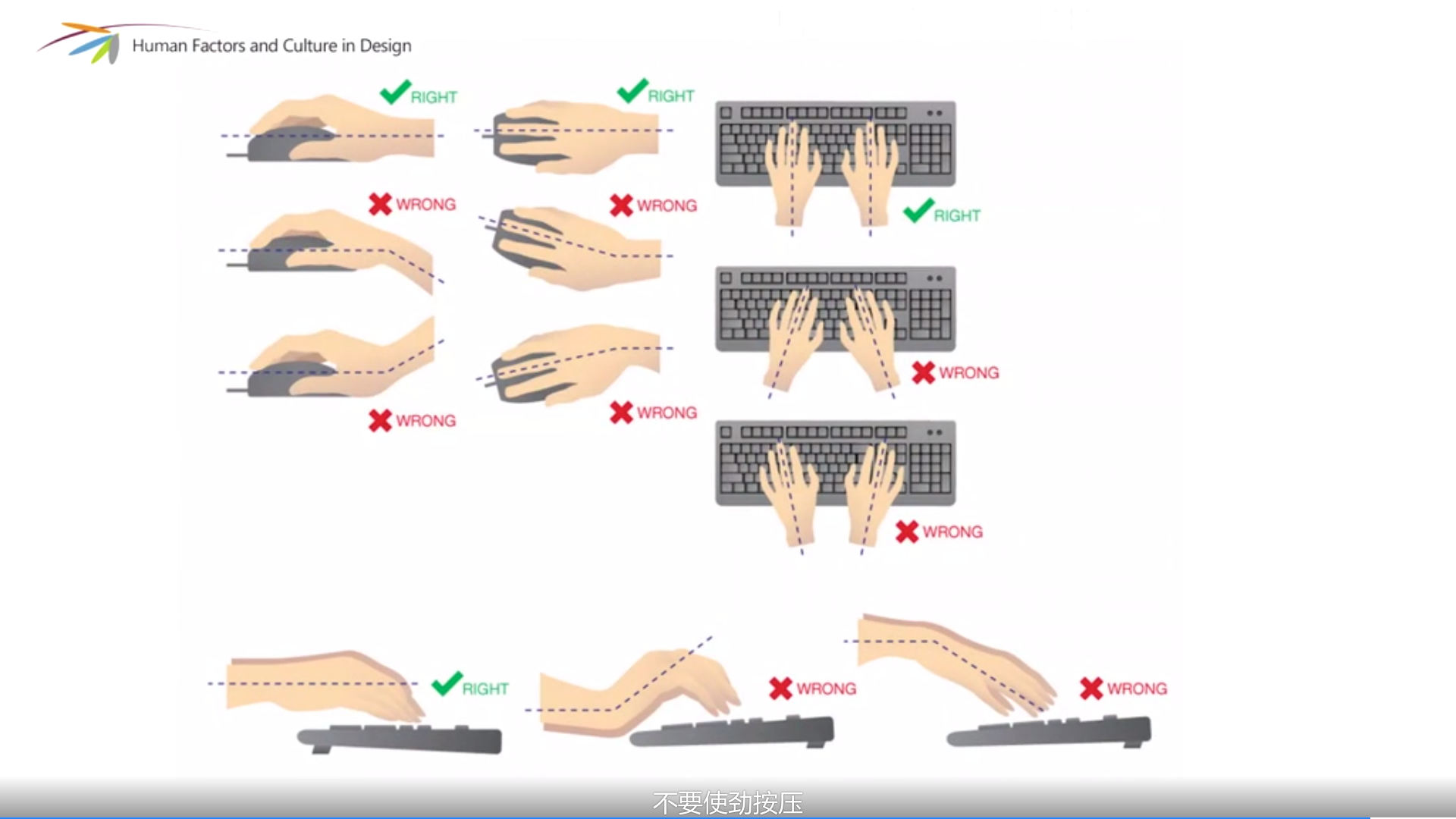
do not work in front of computers for a long time
without changing your posture
without relax your hands your fingers
your arms or your shoulder
寻找知识的源头,探索宇宙的奥秘。
知识的存放地址:人的大脑里、书里、互联网上、自然界里。
获取知识的最优路径:精品课程 > 精品书籍 > 官方文档 > 优质文章 > 与人交流(互为补充,构建知识体系)。
内外兼修,形神合一。


【推荐】国内首个AI IDE,深度理解中文开发场景,立即下载体验Trae
【推荐】编程新体验,更懂你的AI,立即体验豆包MarsCode编程助手
【推荐】抖音旗下AI助手豆包,你的智能百科全书,全免费不限次数
【推荐】轻量又高性能的 SSH 工具 IShell:AI 加持,快人一步
· 基于Microsoft.Extensions.AI核心库实现RAG应用
· Linux系列:如何用heaptrack跟踪.NET程序的非托管内存泄露
· 开发者必知的日志记录最佳实践
· SQL Server 2025 AI相关能力初探
· Linux系列:如何用 C#调用 C方法造成内存泄露
· 震惊!C++程序真的从main开始吗?99%的程序员都答错了
· 【硬核科普】Trae如何「偷看」你的代码?零基础破解AI编程运行原理
· 单元测试从入门到精通
· 上周热点回顾(3.3-3.9)
· winform 绘制太阳,地球,月球 运作规律